Abusing substances to feel better about your life is never a good idea. Four men attempt to test if this presumption is actually true in the Danish Academy Award-nominated movie, “Another Round” (whose Danish title, “Druk,” literally translates to “Binge Drinking”).
“Another Round” takes place in Copenhagen, where the town’s youth partake in chaotic drinking games to offset the stress of their exams. This sets the stage for the prevalence of drinking culture in the film.
The main character, Martin (Mads Mikkelsen), is a depressed and unsatisfied school teacher who — along with three of his friend and fellow teachers — decide to test out psychiatrist Finn Skårderud’s theory that humans are born with a blood alcohol content that’s too low (0.05%) and drinking actually helps people reach their full potential, both professionally and emotionally. Together, they begin drinking on a daily basis and document their observations in a collaborative essay.
The more they drink, the more confident and content they feel about work. Their classes become more engaging and Martin begins to have a more fulfilling home life with his wife and children. We see his depressed and withdrawn character transition into one that is full of life, convincing viewers that the theory could be true.
However, as the film progresses, one of the men informs the others that Skårderud wrote of how there can inevitably be only two possible outcomes to this theory: someone gets tired of drinking or they become addicted. From this point forward, “Another Round” becomes predictable, though still heartbreaking to watch.
It is frustrating to watch these men drink without recognizing the consequences of their substance abuse. It is even harder to watch what happens when they finally recognize the mistake they’ve made and the futility of their experiment: the men continue to drink. The frustration turns to despair as their lives fall apart. Their alcoholism quickly becomes apparent to their colleagues and family — one of the men even passes away.
By the end of the film, the men are celebrating with the town’s youth. Drinking has destroyed their lives, but they’re still celebrating. Their previous growth as people has been all but erased by a series of bad decisions. The audience is left with the overwhelmed kids from the start of the movie.
“Another Round” urges us to contemplate the way we give meaning and value to our lives. These men tried to find meaning by looking at life through an intoxicated lens, but what it ultimately showed them was that they were denying their unappealing reality, diluting it with alcohol.
Though the movie takes an overall negative stance on drinking, it’s exact stance is unclear. Is it okay in moderation, or does moderation always lead down a slippery slope? Does being surrounded by a culture where drinking is prevalent from one’s youth inevitably lead people toward a mid-life crisis? The movie fails to answer these questions, but perhaps the point is to show that these questions are inherently unanswerable. Drinking is a complicated issue and the film excellently balances its depiction of both the positive and negative effects of drinking on people’s lives.
Email Sophia Carr at [email protected].
























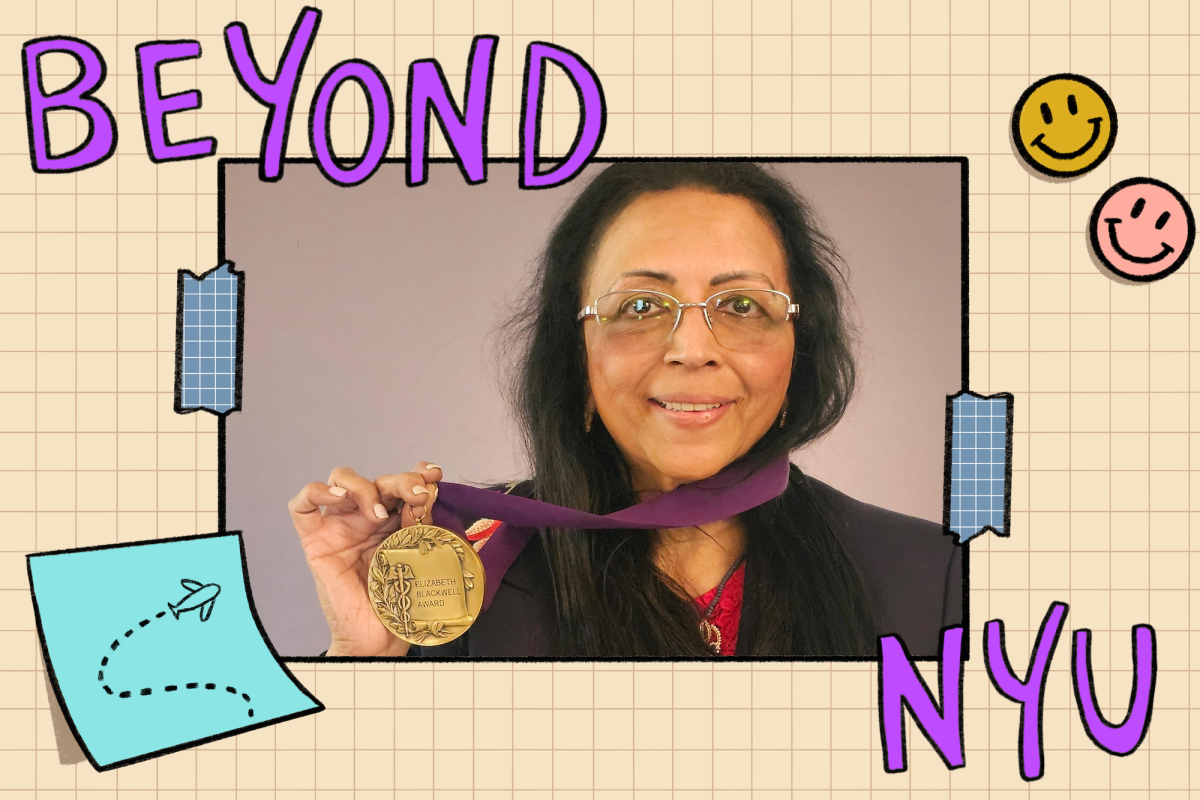








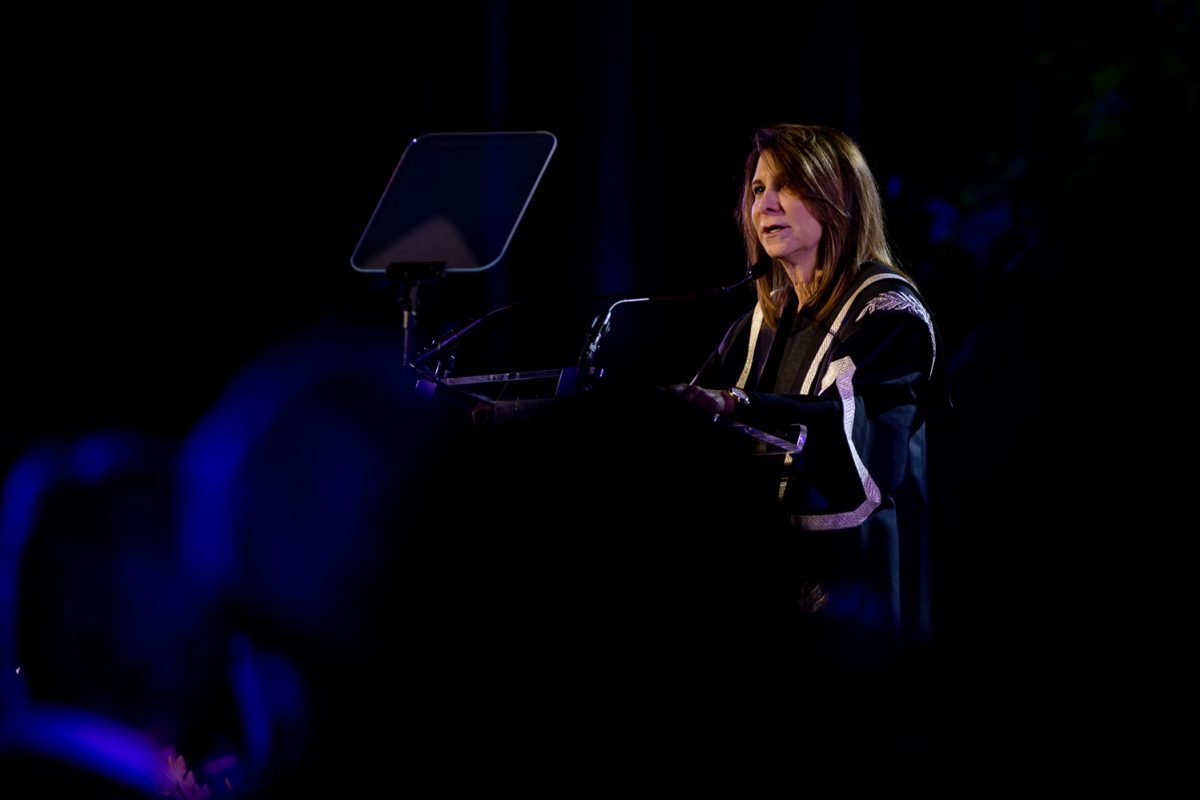










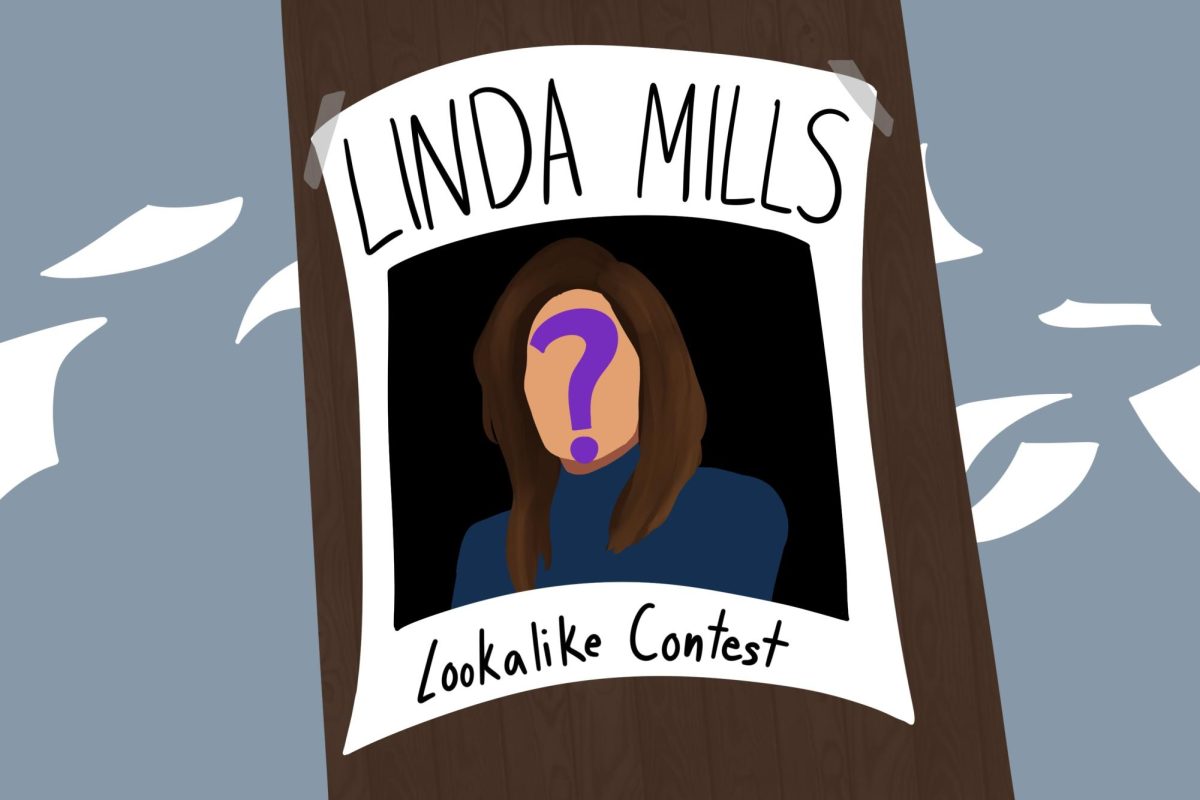






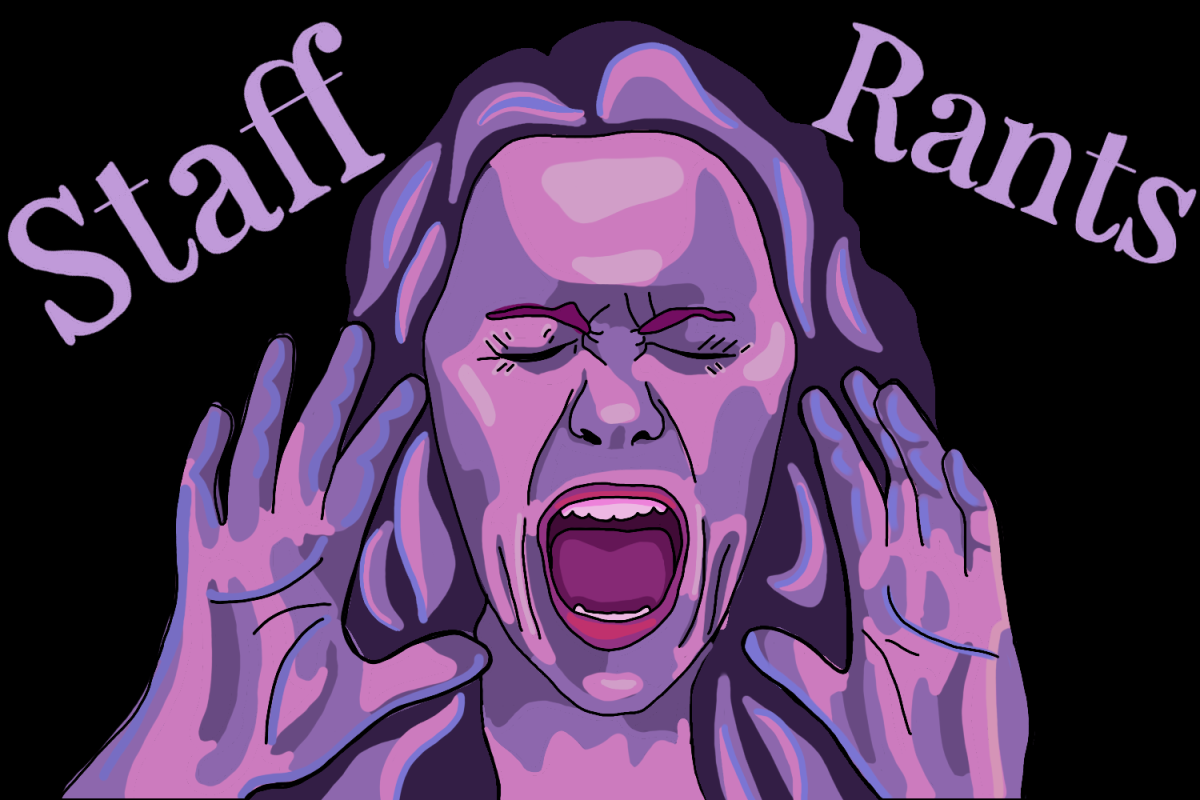


















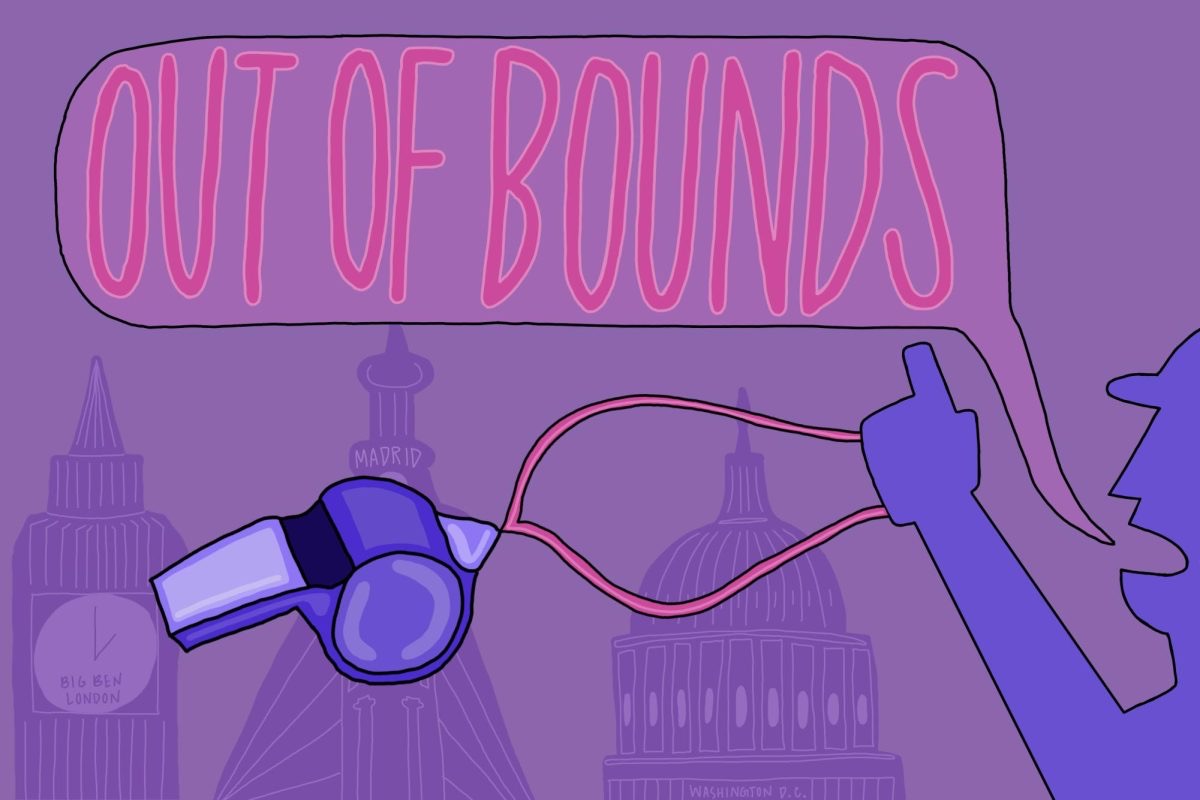
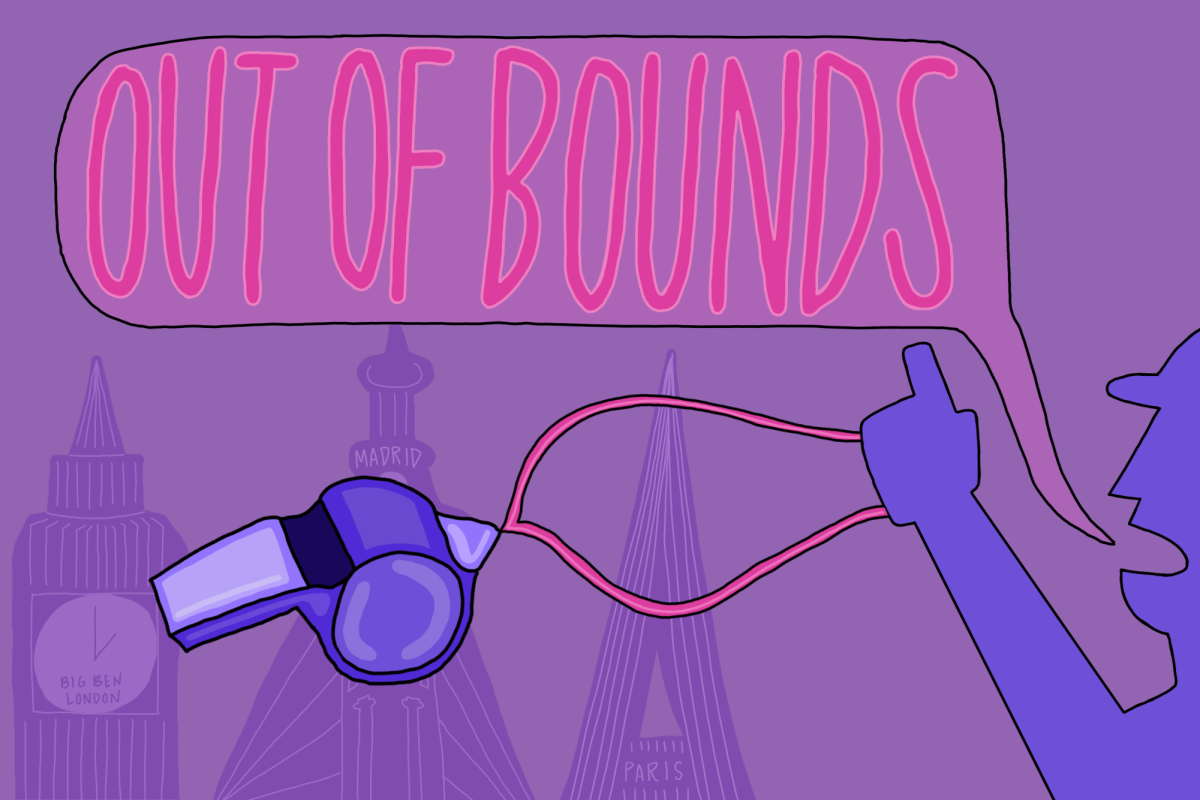
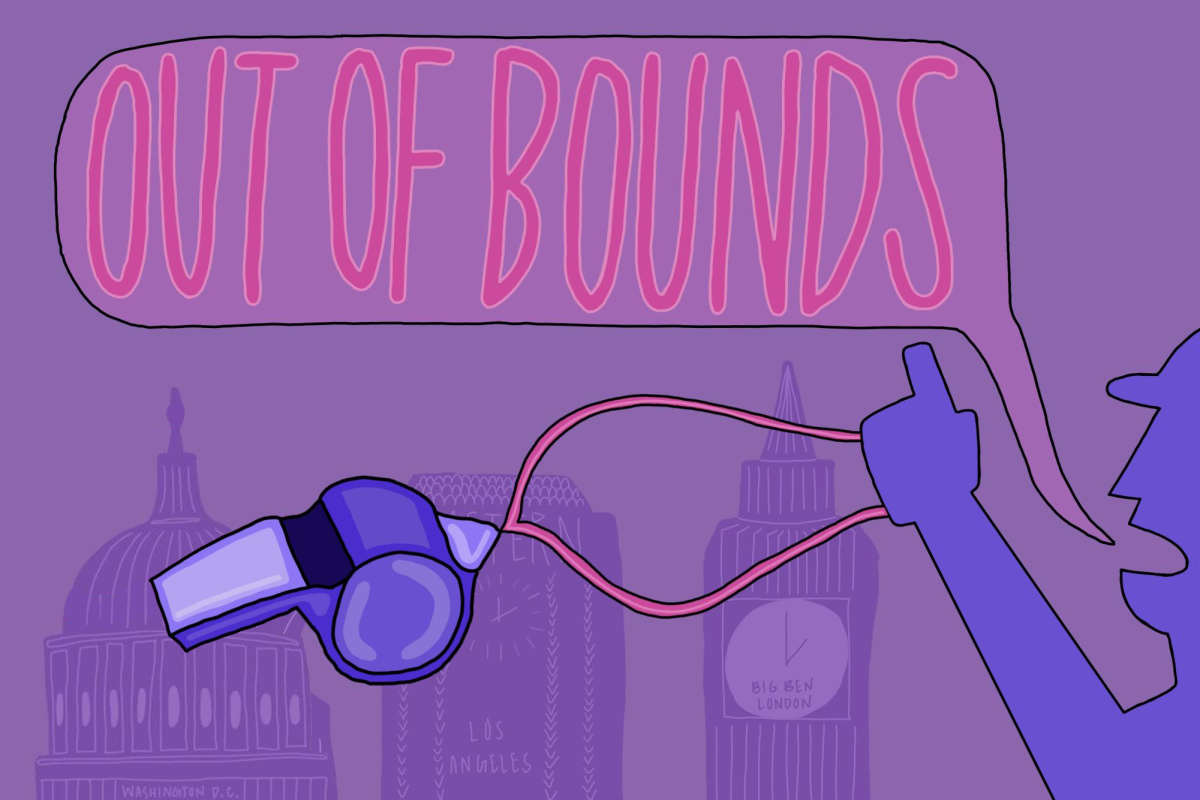
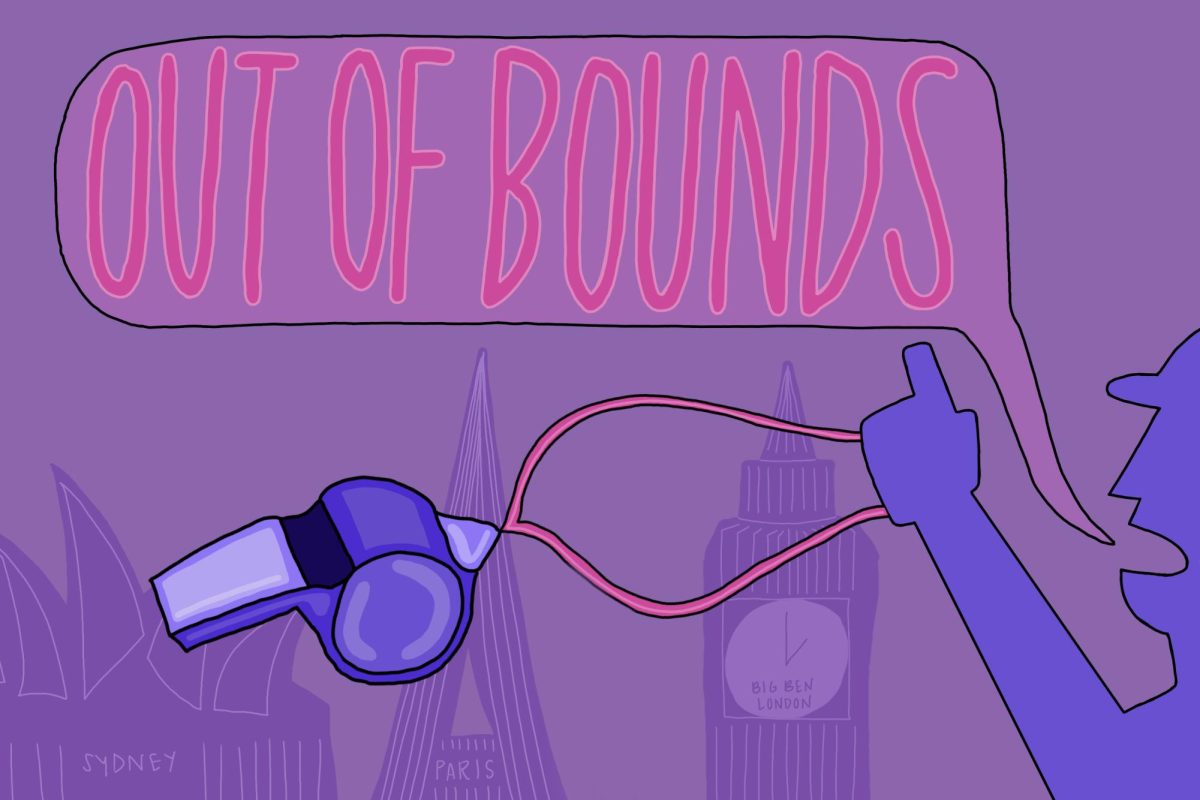















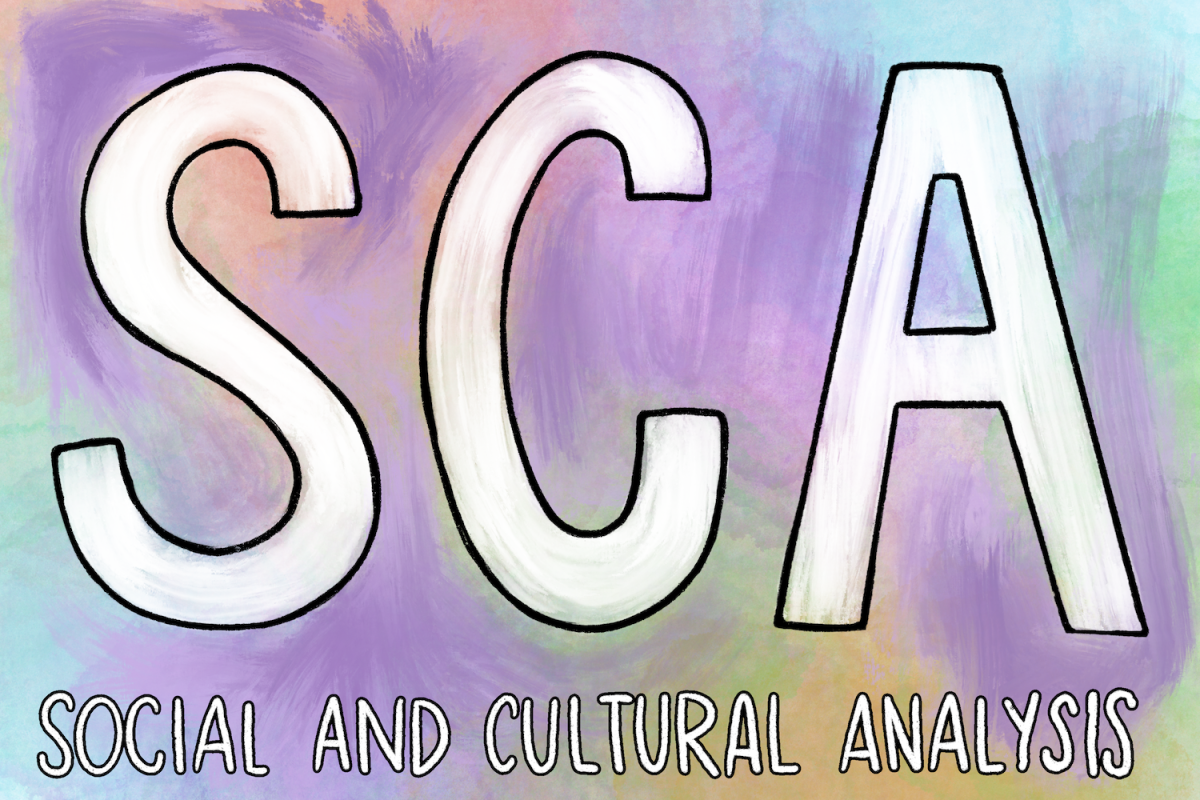


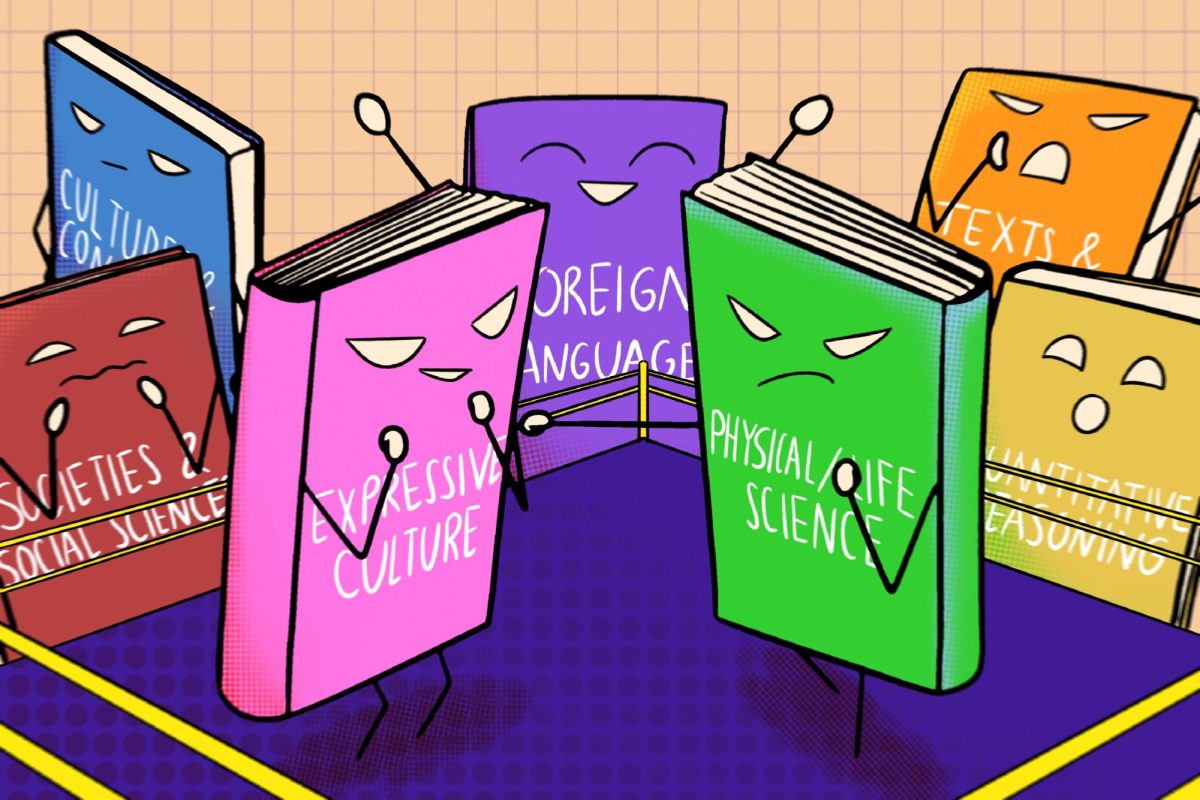









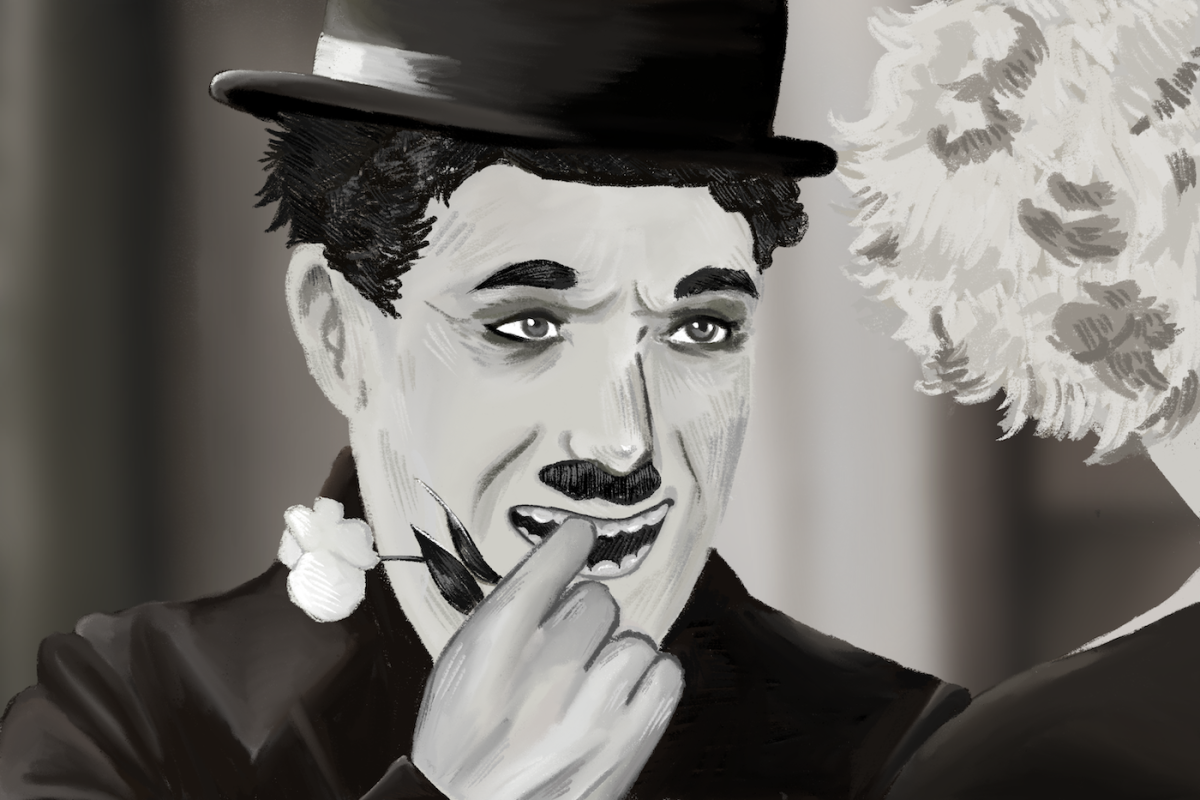































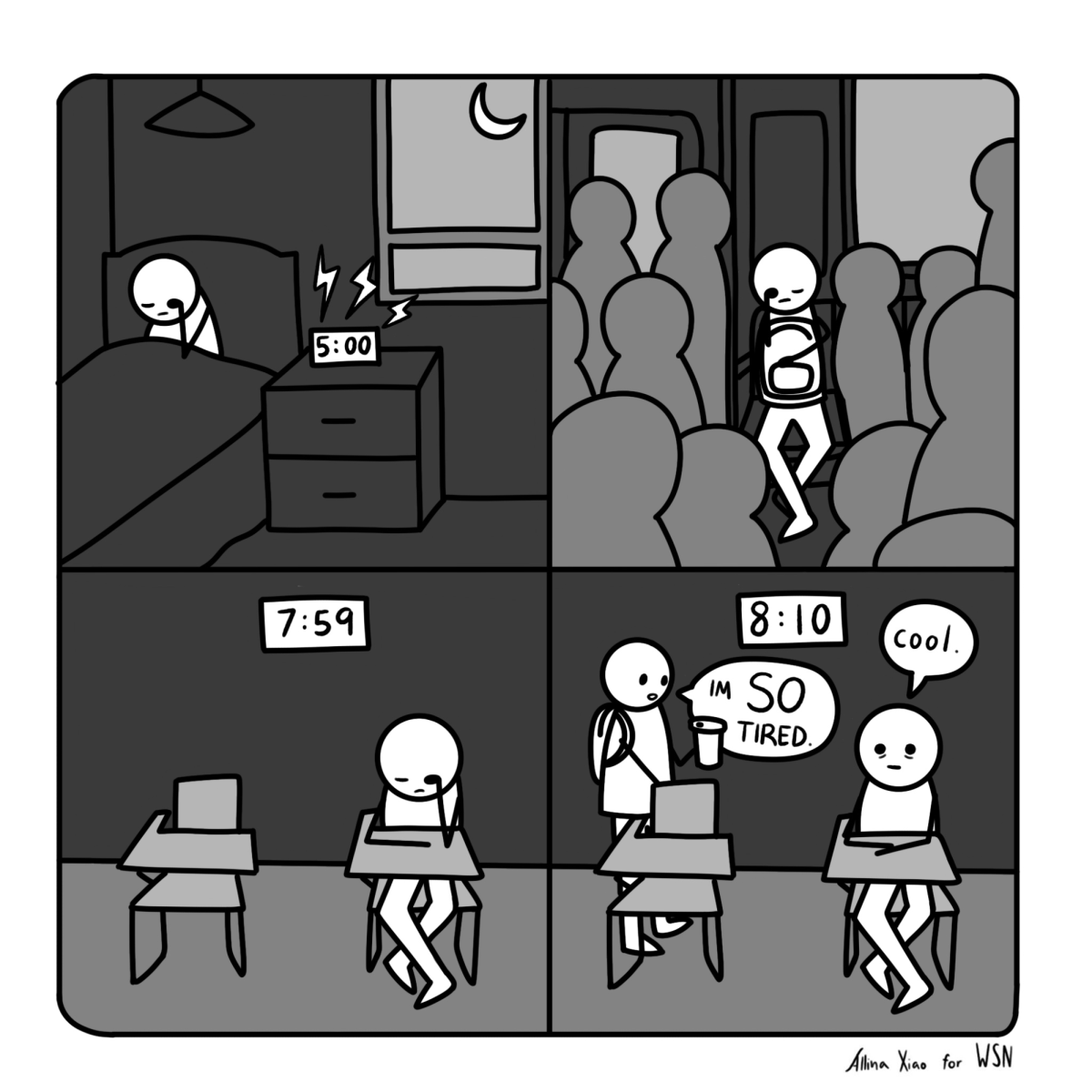

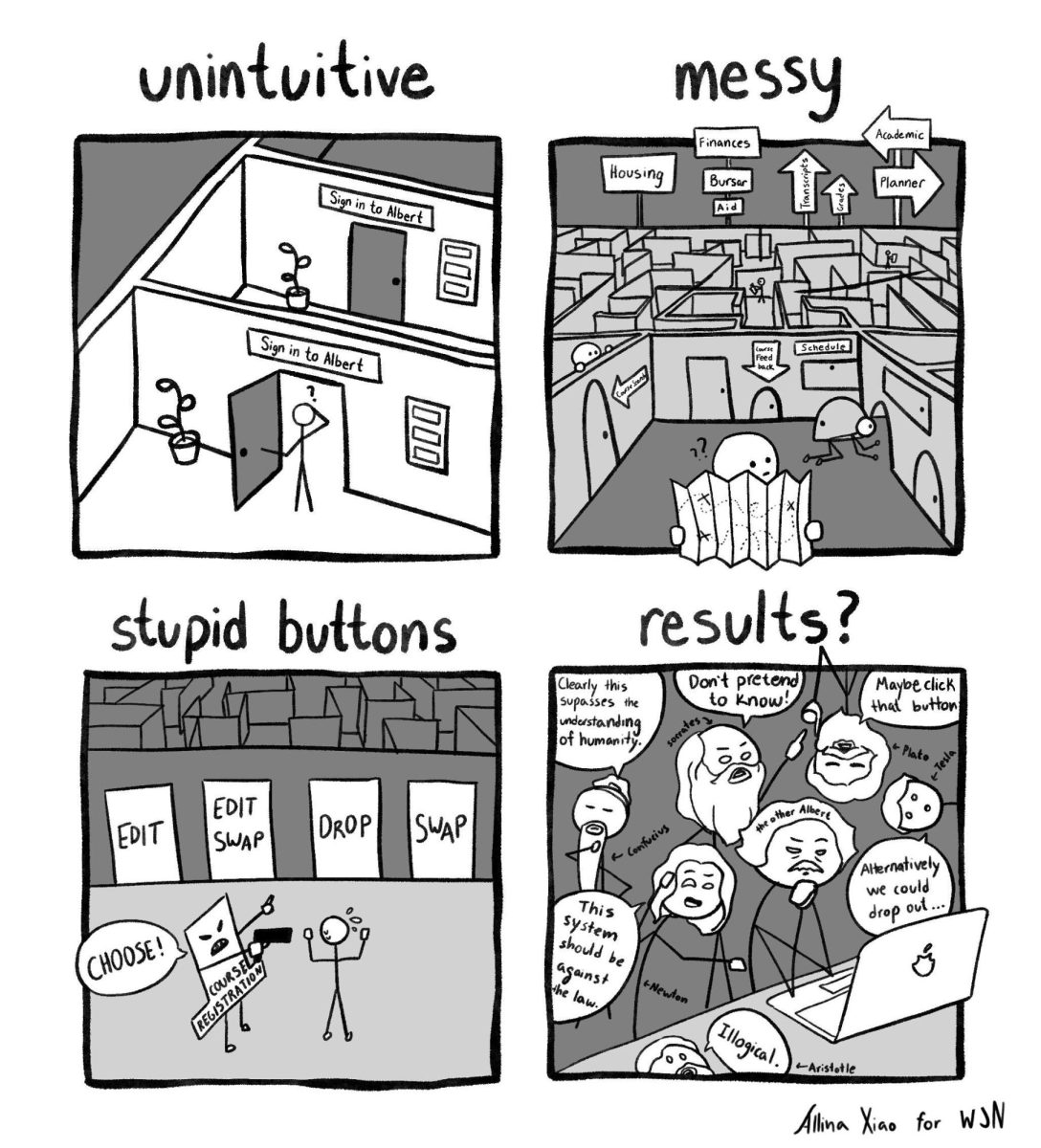
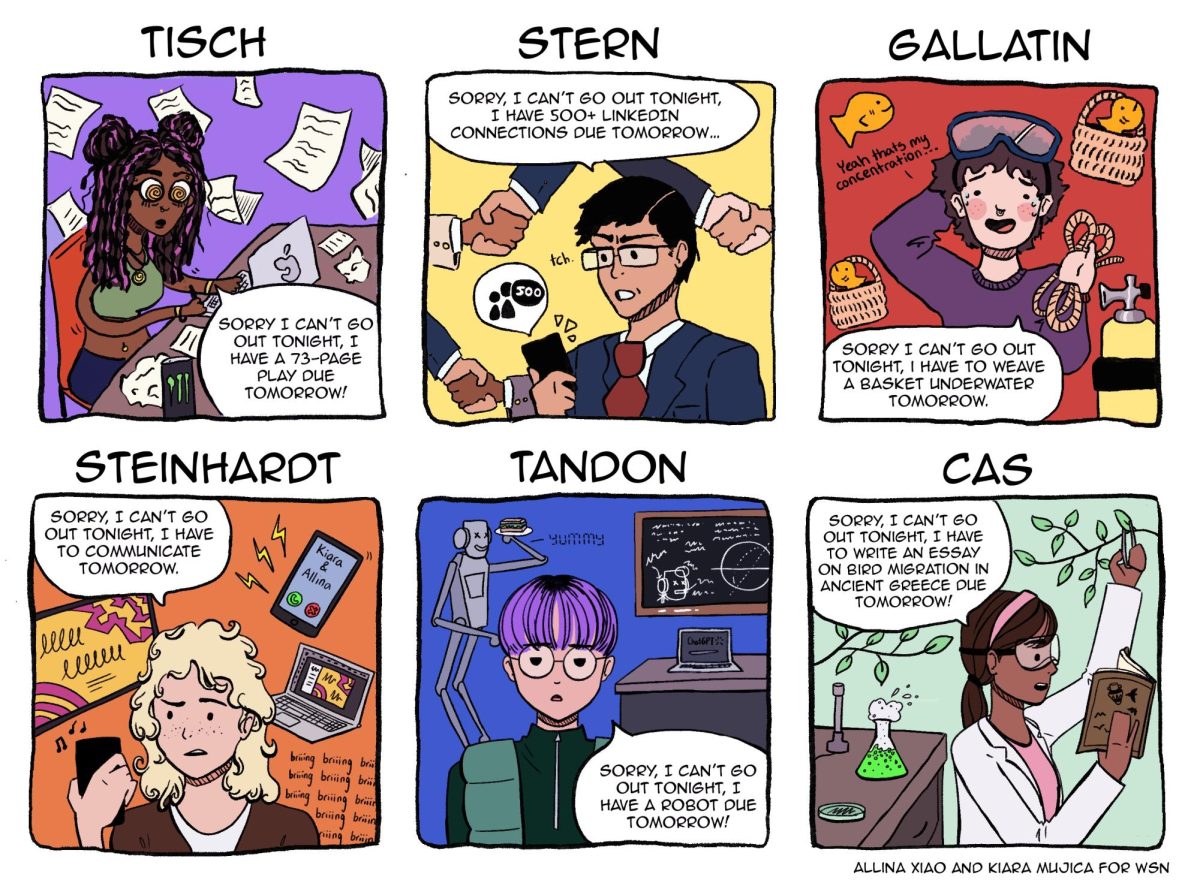













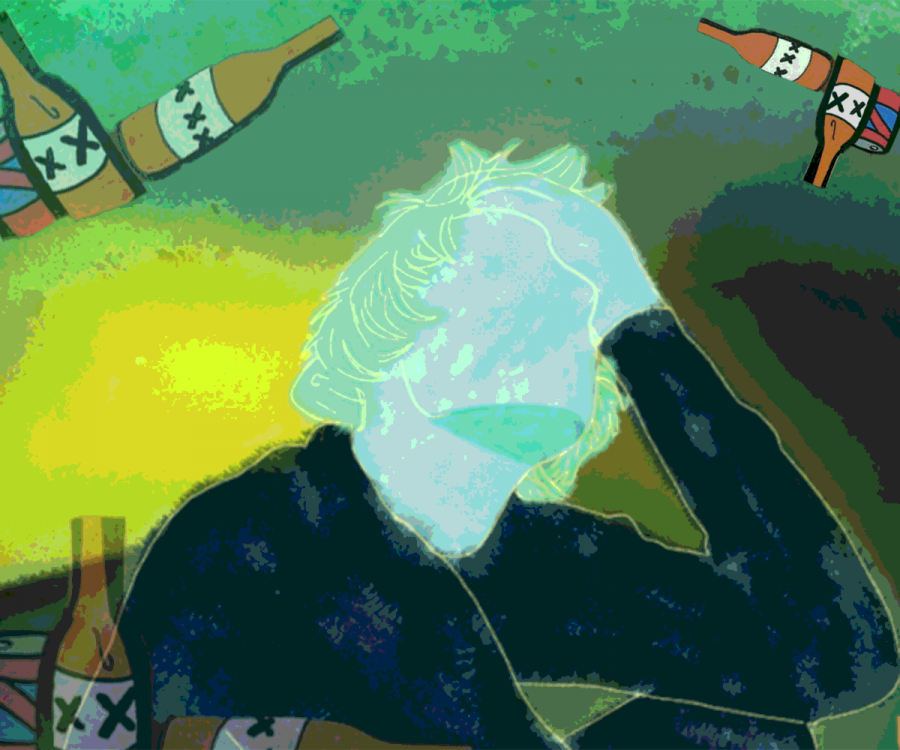

Odvka Smirnoff • Aug 15, 2021 at 7:22 am
1] moderation is good – unfortunately many countries around the world do not educate their children how to drink. We tell them to abstain until its legal and then to drink until they drop. In France you can sit with a family [inc children] and drink a small quantity and it is pleasurable. Although drinking was an issue in the film i felt this film was more about a mid life crisis and how you can recalibrate your life.
2] time is what distorts the world we live in. As you grow older you slip into habit and behaviour which is comfortable , easy and boring. Your running your life at 20% when you should be running at 100% .
3] Voting in puritanical leaders is not always the best path. Bill Clinton may not have been the most ethical leader but his economic leadership was sound. The scene where the student vote for Hitler in the film was rich. I look at the way we vote in squeaky clean leaders today and demonise true talent- what a mistake.
4] Mads was not nominated for best actor for Oscars was a crime. Maybe they were drinking or smoking too much too see the real best actor?
5] I come from a generation where drinking was fun – what happened.
Joao Paulo • Aug 8, 2021 at 8:55 pm
Pls help me to understand the final scene of Druk. When the main actor jumps into the ocean it means he did a suicide or only a exagerated celebration in the water?
Thanks
Mario • Dec 27, 2023 at 2:02 pm
It’s extremely unlikely that this was meant to symbolize suicide. He had a brief reconciliatory text message exchange with his wife, which is one reason why he is celebrating in the way depicted. I would interpret the dive into the sea as the culmination of his dance and as an act of pleasure. Maybe it also symbolizes something like “diving back into life after having seriously damaged it”, but that’s just an idea.